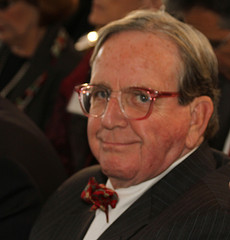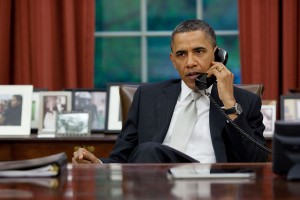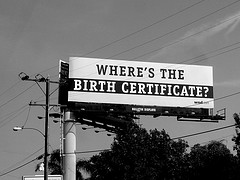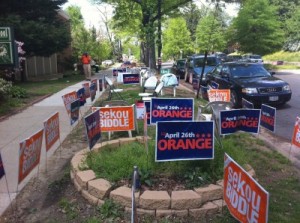Two D.C.teens recently escaped from centers in Maryland and South Carolina aimed at rehabilitating them.
D.C. spends approximately $67,000 a day to house 225 wards in so-called residential treatment centers, or RTCs, across several states, according to a recent Examiner article. Councilman Jim Graham, chairman of the city committee that oversees the Department of Youth Rehabilitation Services, slammed the RTC system recently, saying it’s not cost-effective or productive.
“Sending kids to Utah and Arizona and Tennessee and South Carolina raises our costs and cuts those ties. It is totally unacceptable, for example, that we do not have a juvenile substance abuse treatment program right here in DC. I hope to be able to change that shortly,” he said in an email.
But supporters of the current system say the District doesn’t have enough centers. The teens sent out-of-state “are not kids who have shoplifted, these are hard-core bad guys,” Kris Bauman, leader of D.C.’s police union told the Examiner recently.
Critics question how troubled the youth are, since that is hard to measure. Some say what’s needed is a rehabilitation program that’s closer to home, or perhaps at home.
In some cases, RTCs have been used for wards who did not have a serious emotional disturbance or mental illness and who were not a threat to themselves or the community, according to the Washington City Paper.
What’s more, the city’s youth rehabilitation services department may have exceeded its budget by $994,000 in 2009 in part because it used RTCs for teens who may not have needed it.
But it’s easier to send teens away than deal with guiding them to improve their lives, said Victoria Otchere, Program Director at Sasha Bruce Youthwork, a local nonprofit that designs intervention strategies to treat teens at home.
Otchere echoes Graham’s concerns about preserving family ties because she believes relatives can be an important part of the rehabilitation process. She has worked with DYRS wards who benefited from remaining in the community and receiving the support of their families.









